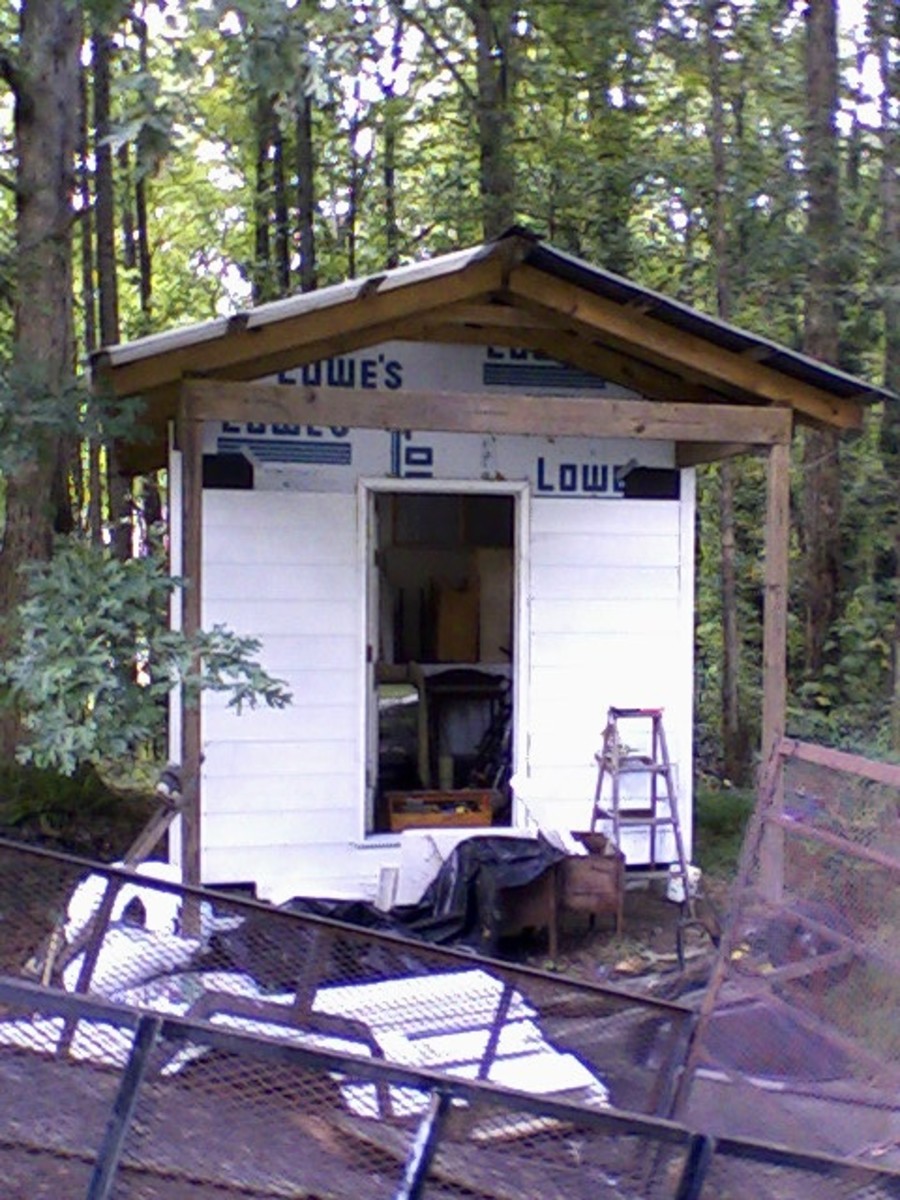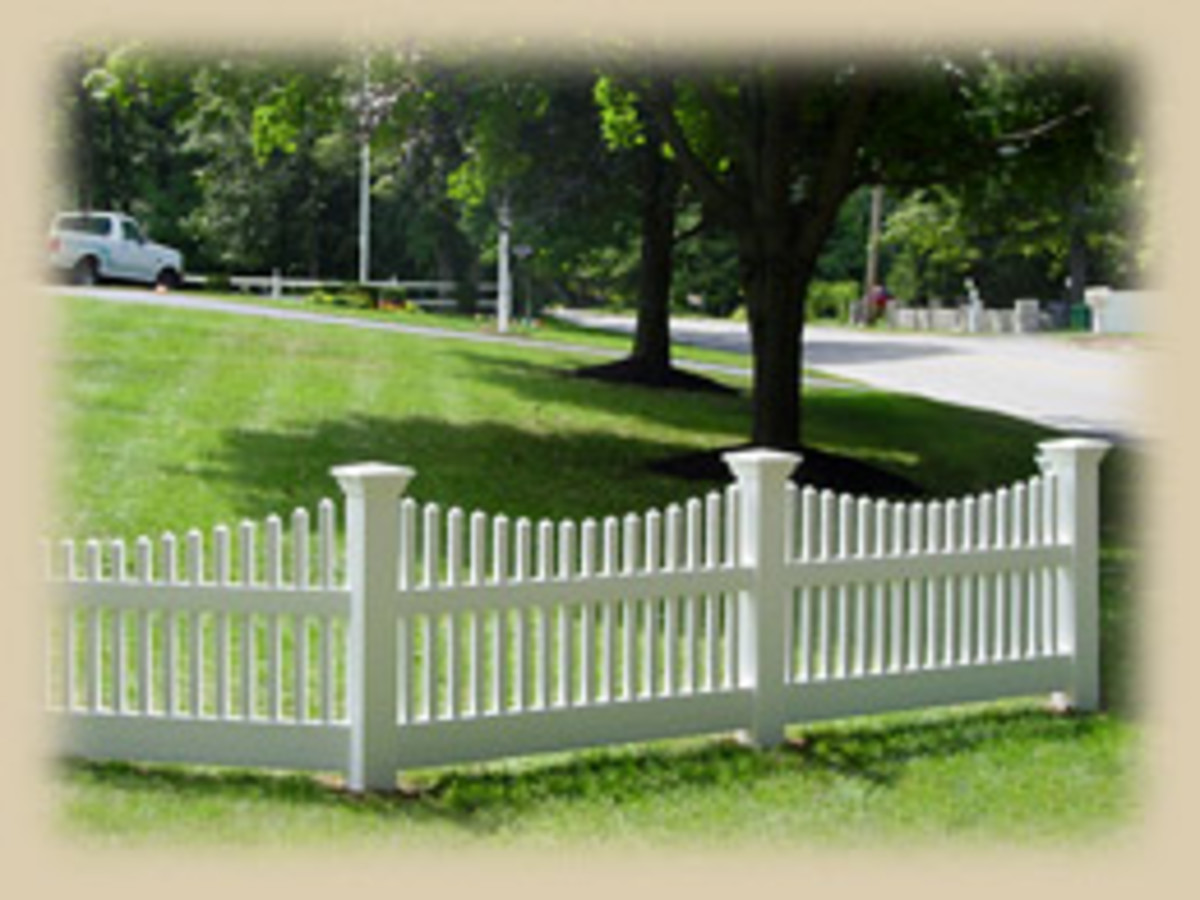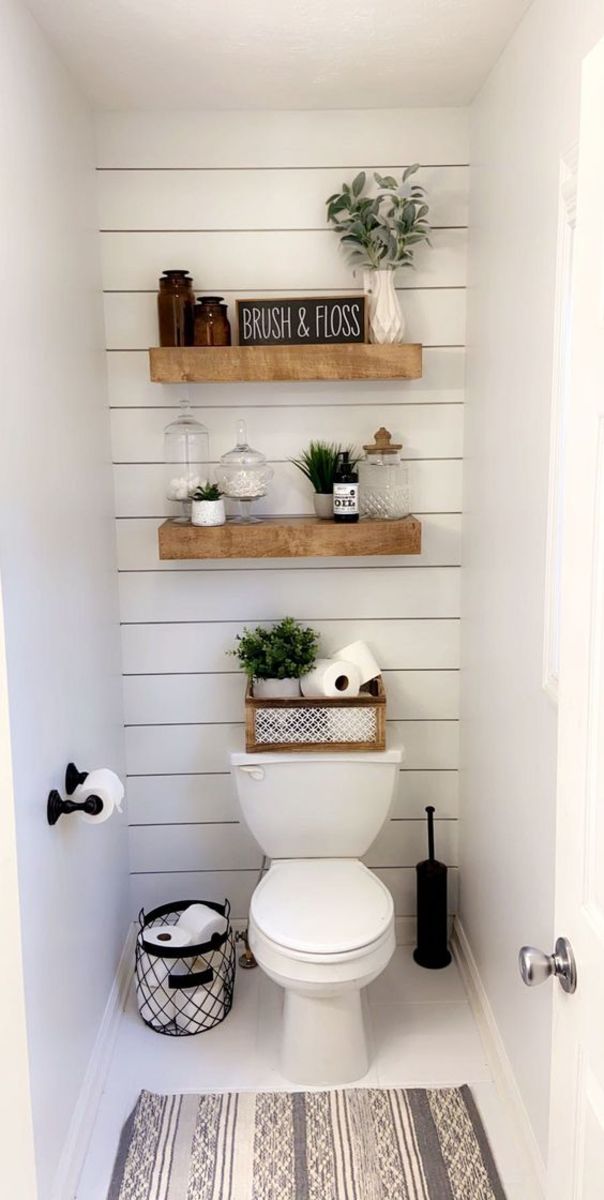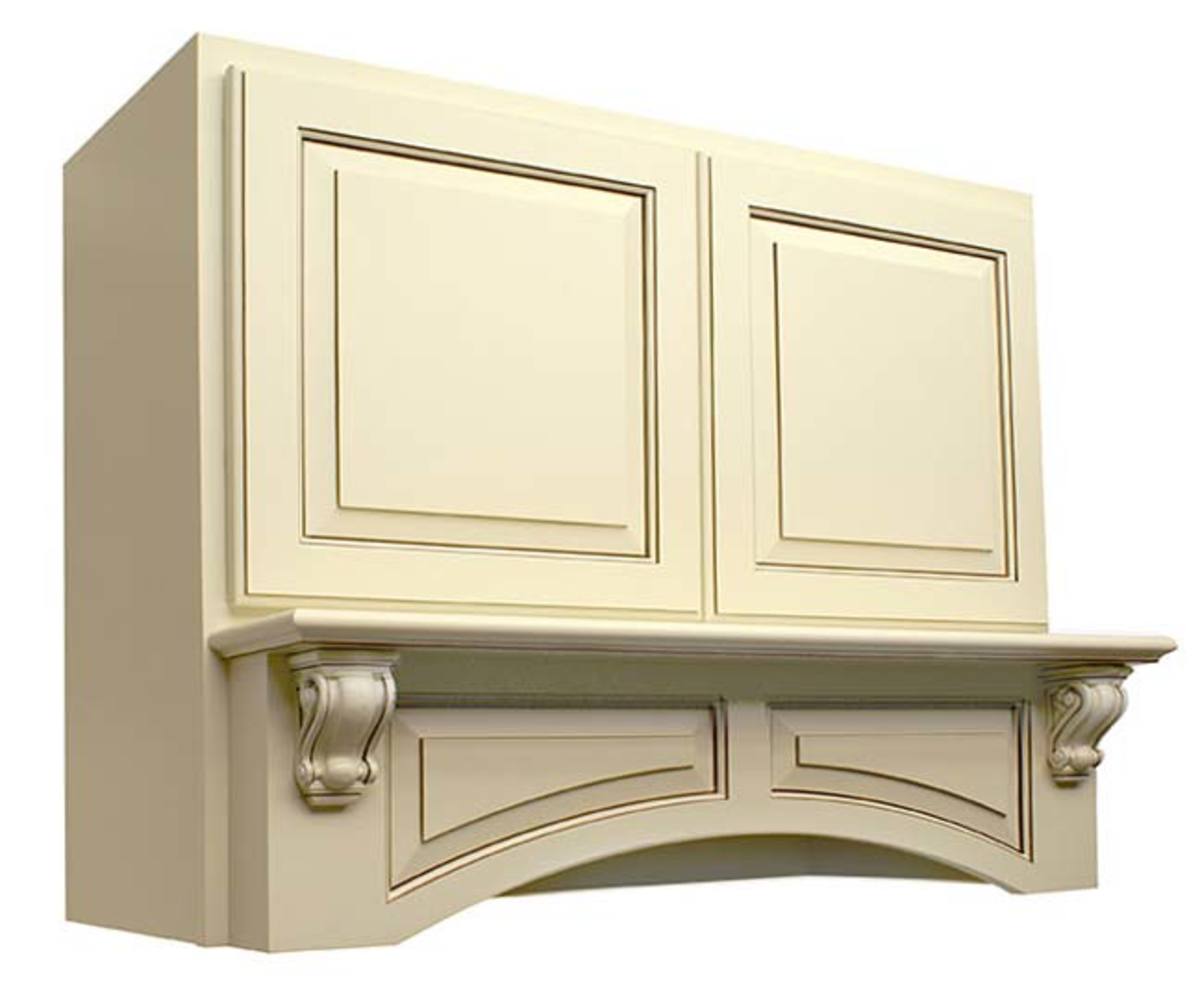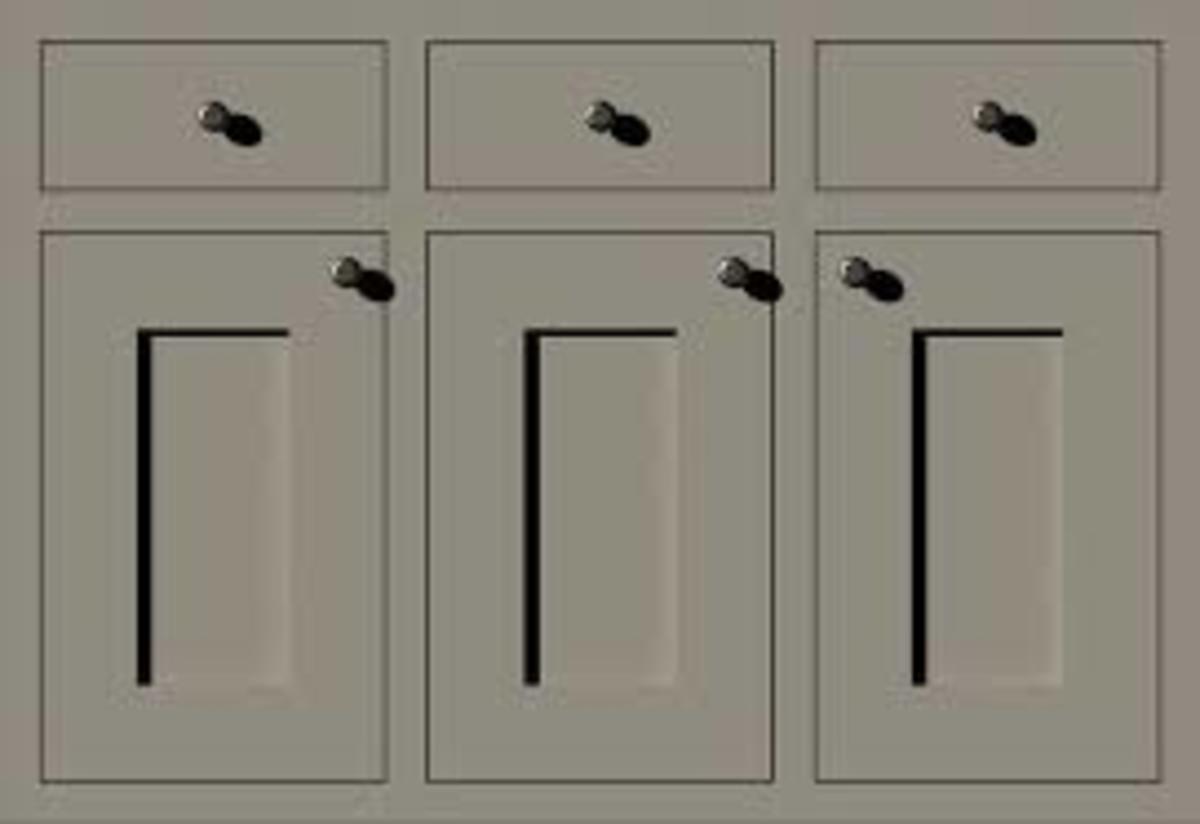Vinyl Siding Corners That Leak
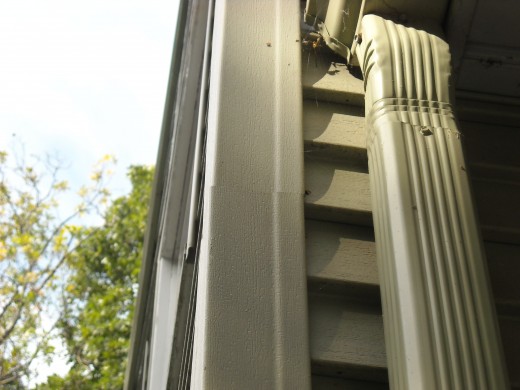
Vinyl siding is a great product for the exterior. It is a fast installing, attractive material that is also cost effective when compared to other siding chooses. Like any other product, vinyl siding needs to be installed properly in order to prevent water infiltration behind the siding. This can be devastating to a home and can take many years to surface. At this point, it is likely to be and expensive fix. Corners are the most prevalent leaking area of vinyl siding because they are so often installed incorrectly. Here are a few tips on proper installation of vinyl siding corner pieces.
Proper Installation
Water drips and runs down any vertical surface. For this reason, if you have a tall corner that requires two pieces, the bottom piece should be install first so that the top piece overlaps the bottom piece, preventing water infiltration. The picture above shows the opposite installation in which water is getting behind the siding and now showing on the drywall. This makes sense from and installation point of view also as the siding is installed starting at the bottom and moving upwards.
The corner pieces of vinyl siding have a lip that the siding pieces can terminate behind. It is important that the pieces go far enough into this lip where water does not flow behind the siding significantly. The siding is designed to expand and contract so cutting the siding short could allow the siding to pop out of this lip, damaging the siding and allowing water to work behind the siding in significant amounts.
Do not try and terminate vinyl siding at a flat surface such as existing wood corners. If you want to use wood corners or a different siding material, the siding must terminate into a channel, typically a J-channel. Caulking the ends of vinyl siding does not allow for proper expansion and contraction and will ruin the siding quickly as it expands and contracts.
Lastly, if the corner of pieces of the vinyl siding need to terminate directly under an overhang or anything that covers that top of the corner. If the top of the corner is left exposed, water will flow freely down the corner and likely penetrate the home.


